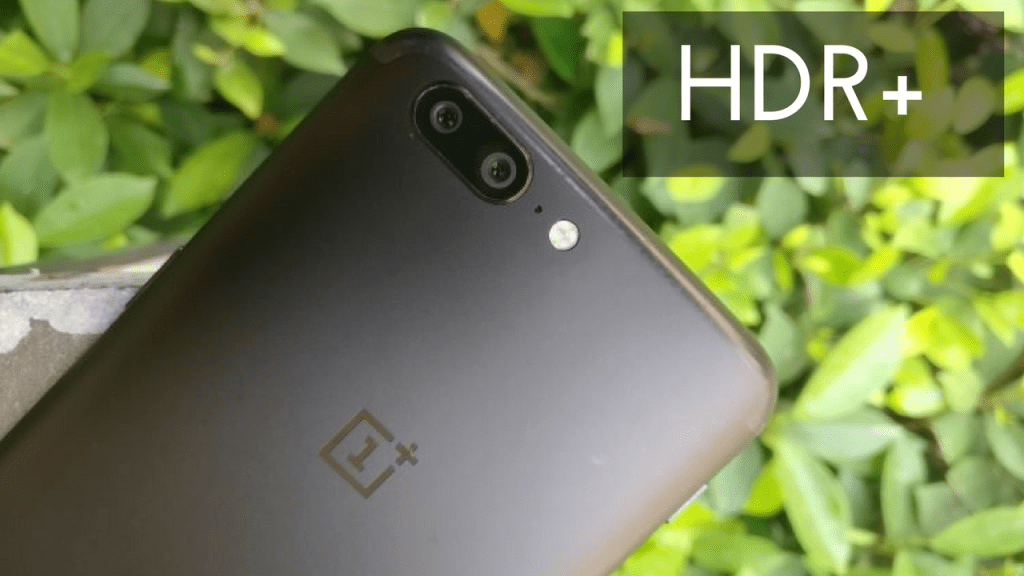And the latest sensation in this universe of life-like clarity are the HDR TVs. With more and more TVs in the mid-tier segment — leave alone the premium-tier — offering HDR, it’s all but natural that people will want to grab one. But then, as always, the same question presents itself before you make the ‘investment’ — is it worth the hype and money? In this article today, we present to you the very fact on how HDR TVs work and if its worth the hype.
What is HDR Mode?
Most of us are familiar with the term HDR or High Dynamic Range as it’s the mode we most commonly use it to capture pictures on our smartphones. Although the term is same, the usage is different when it comes to TVs, though the meaning remains same — creating more dynamic imagery. Color contrast is the relation between the brightest of the light pixel and darkest of dark pixel. In simple words, how dark a shade of black can get or how bright a shade of pink will get. The second aspect is the color accuracy — how close a color resembles real life colors. In a nutshell, an HDR TV has the best of the both worlds i.e. higher color accuracy and great color contrast. Plus, the variation from light to dark (or vice versa) is handled with greater detail in a way non-HDR TVs cannot. And when color accuracy is laid out on the table, it’s all but natural that the wide color gamut (or WCG) also comes along with it. Which means that HDR TVs provides a larger variety of colors which boils down to a diverse set of colors hitting your eyes. And that’s the reason a lower resolution HDR seems more attractive than a higher resolution display — the Greens appearing much more life-like and fresh in a leaf of lettuce.
How does HDR Work?
Well, it isn’t clearly simple as owning just an HDR TV. To view a show in all its crispness, the content has to be HDR compatible. Why I say this is because as much as your TV is able to produce vibrant and rich color, but if the content isn’t meant to show such depth and variations in colors — then all the effort goes down the drain. Thankfully, with the growth of HDR TVs, HDR content is also seeing a steady growth. The majority of the online streaming services now support HDR. And if you want something to hold on to, the Ultra HD Blu-ray disc should be your answer. So, if you can lay your hands in some of those, it shouldn’t be too big a problem for you.
What to Expect as a Viewer
Cutting to straight to the chase, a normal viewer would be able to see the colors in all its crispness. But it solely doesn’t depend on how you want to see or how the TV reproduces a particular color. The gimmick in the world of HDR TVs is the term ‘original storyteller’ i.e. you will see the content as the director or the storyteller wants you to see. And that involves lots of post-production tweaking and additional effects. For instance, a shot showing a bright and colorful angle of Chinatown and another involving a knight in a medieval kingdom will appear completely different in TV, howsoever they were shot.
Do I need Additional Accessories?
Thankfully, with the current progress of HDR technology, an HDR compatible TV and content is all that is necessary to view a show in all its glory. So, now comes the real question…
Are HDR TVs Worth the Hype?
Also Read: What’s the Difference Between 4K Ultra HD, Curved, OLED TVs and Do You Need Them? The above article may contain affiliate links which help support Guiding Tech. However, it does not affect our editorial integrity. The content remains unbiased and authentic.












